I can feel the energy as daylight increases rapidly. In just one week here, we gain 23 minutes between sunrise and sunset, plus the sun’s arc is noticeably higher. For undercover sowings, this means more light and warmth.
However outside, the weather is not springlike and I advise to sow nothing outdoors, unless you are in a warm climate like Florida, coastal California, the Mediterranean etc.
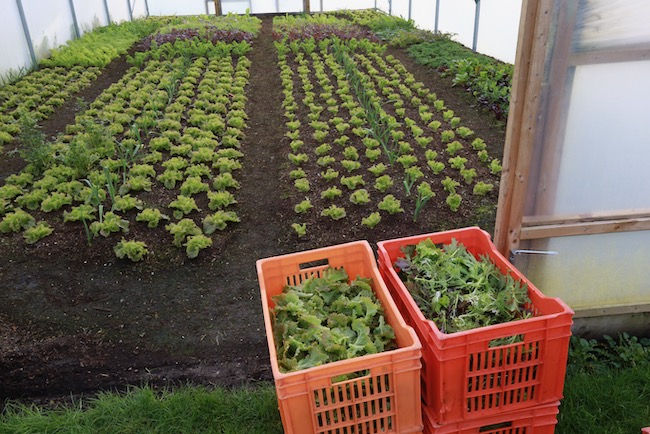


Cold hardy pea plants
My favourite first sowings are peas for shoots, always so willing to grow, especially from home save seed. Also I love sowing radish now, multisown and potentially ready to harvest within six weeks, thanks to a fleece cover after transplanting, see the video.
Find other sowings to make now in my sowing timeline, and in my wall Calendar which is in the shop.
In addition it’s good to plan a small number of pea plants for leaving unpicked, to produce seed. Perhaps set them out separately to your peas for harvests of shoots and pods. This avoids confusions!
Likewise with lettuce for seed, you could plant say 5 to 6 different varieties all together, to leave unpicked and for seed harvest in September. Details in my Seed Saving video.
- Lettuce and peas do not cross pollinate: likewise French beans and tomatoes.

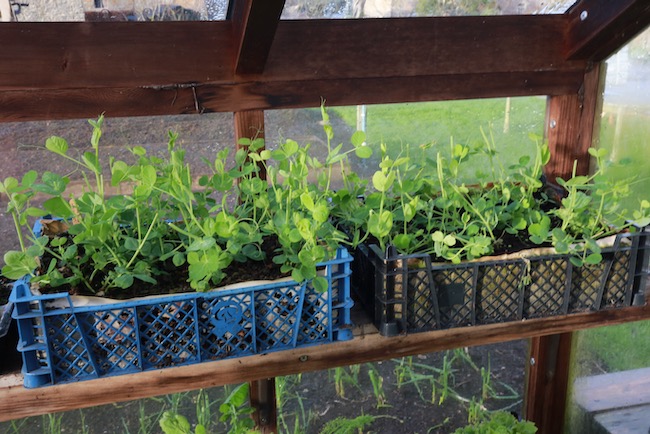
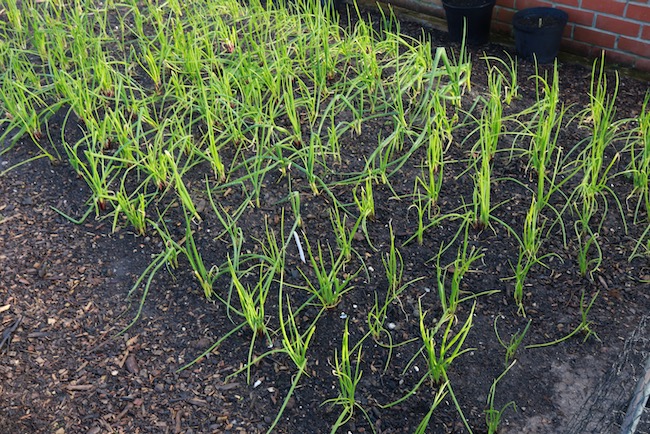
Climate zones
These are an approximate way of categorising different climates, and cause confusion because there are so many aspects to weather! Homeacres is Zone 8 because of our mild winters, but has much cooler summers than many zone 8 climates.
This is a comment about zone 8 in Texas, from ‘Shaken Grain’ on You Tube:
- Our Zone 8A season starts about a month before, and ends about a month after, yours. Our summer days certainly much, much hotter. 90/100 degrees F (32-39C) summer days here.
Someone else asked this:
I am zone 7b in North Carolina, Would you suggest that I can plug and play your calendar as is? Or is there a way I can adjust dates by week or two to be more spot on?
A I checked your “frostiness” and see that zone 7 has a decent length of growing season. Most vegetable varieties will have no problem maturing before your first frost date. With a last frost date of April 15th and first frost date of November 15th, your season for warmth loving plants in particular, is longer than ours in “zone 8”. My sowing dates for warmth loving vegetables (zucchini, tomatoes etc) are based on our last frost date of May 15th.
So the zonal classification is not perfect!
And the general start point of mid February, for cold tolerant vegetables, is correct for many zones Dates in my Calendar + Diary will work, with some variations for sure.
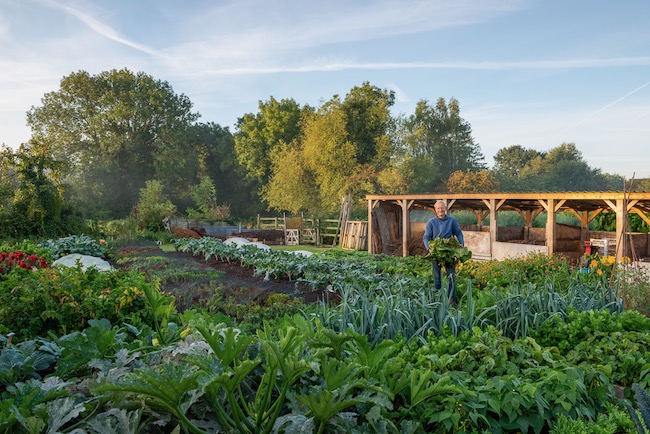

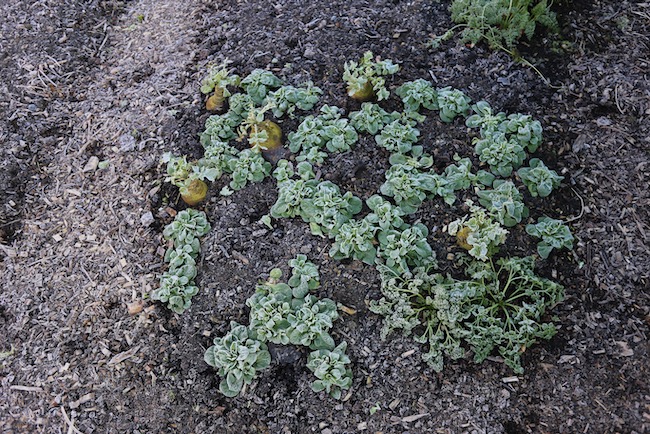
No dig transplanting
Normally we do this with module plants, quickly popped into dibbed holes. Pop pop pop.
The wild rocket pictured was different because I have been tending it in the greenhouse all winter, from a September sowing. We pricked it to modules late September, then in October we potted to the pots you see. Planted 5th February, for harvests all spring.
It’s the first time I tried this ultra fine veggie mesh, against flea beetles. It needs to work after they were so bad last year. The mesh gives less warmth than fleece but deters more pests, and stays down better in wind.
Learn more about all this on a Homeacres course, or in my online course 2, Growing Success. There are two places on 7th March, then more on 21st and 28th.

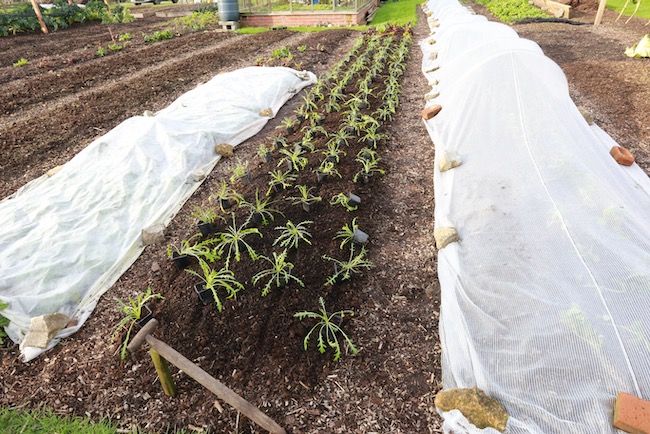

Potato varieties
There is such a choice! Incidentally in my book Organic Gardening edition 3 I wrongly called Swift, Sprint. It’s Swift, a fast grower of unexceptional flavour. Dunluce is very fast too and perhaps more tasty.
Or grow Epicure for a slightly later harvest and richer flavour. It scored well in Which? Gardening tests. The monthly magazine has updates through 2020 of my small garden at Homeacres: they call it the Family Garden.
I like Casablanca potatoes for a late June harvest of good yield, flavour ok but not fantastic, They store fairly well too.
Then Charlotte as an “early maincrop” for harvest in mid July here. They store well in paper sacks and we are still eating some from the July harvest, just a few sprouts so far. Clara Coleman at Four Season Farm in Maine says they like them too.
Another tip from a reader is Alouette. A tasty, multi-use red.
Meanwhile it’s late winter and we are eating last year’s potatoes with Brussels sprouts. Before you know it there will be broccoli in April and asparagus in May!


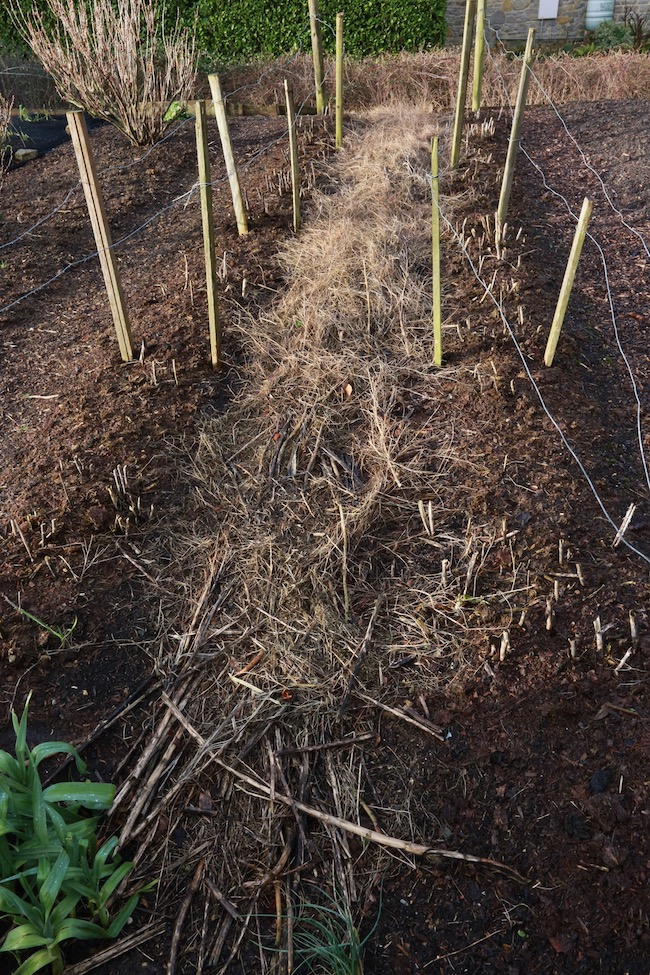
Apple tree pruning
We have not yet done this, through a lack of winter labour (!) and we shall prune early March. The autumn raspberries too. My plan is to shred the wood for making compost.
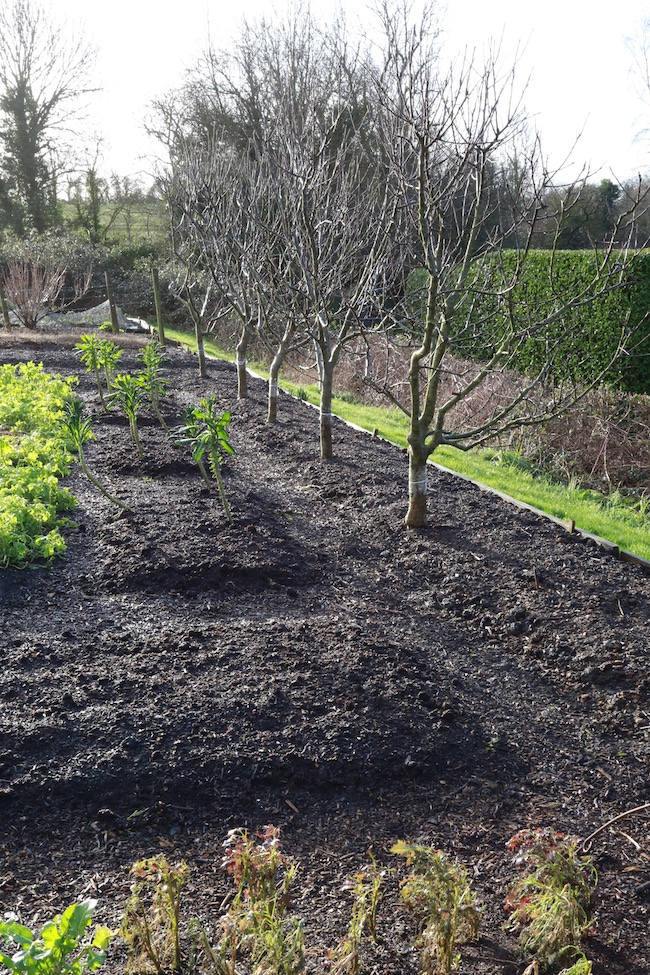
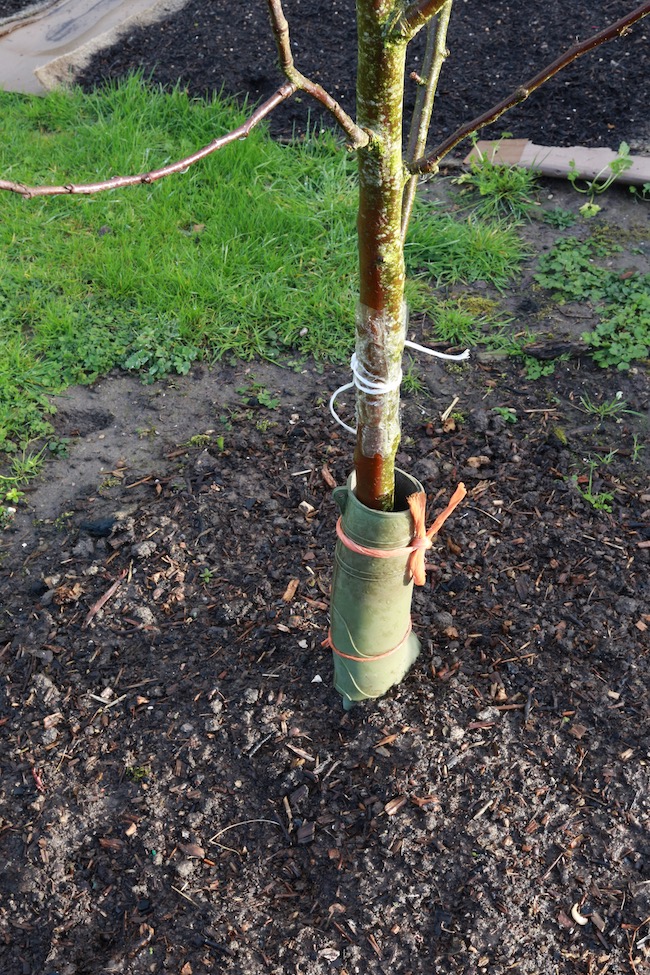
Some Q & A
Q Starting out on a quarter acre of dense pasture grass with raspberries, no hurry and no experience. What is my best method?
A As you have no experience, take it easy to start with, not too big an area.
Leave all weeds and grass in place before the initial covering. Remove only woody plants, including the raspberries and the top 15cm/6in of any large dock roots. Docks have large and mottled leaves, are easy to spot once you know them. A sharp spade is good for this job.
Next I would spread any organic matter you can find or buy, to any depth and over the whole area – it could even be tree leaves, and undecomposed materials. Then cover with black polythene since you are not in a rush. Earthworms will love eating the organic matter, and improve the soil as a result.
After 3 or more months, roll the cover back a while before planting and collect the slugs you find. Now spread compost where beds will be, say 5cm/2in and perhaps some wood chip for paths. When using polythene, you do not need cardboard.
Q Horse manure – the bedding is wood chip, shall I accept the gift?
A I wood take it.
It’s not ideal because wood bedding is kiln dried, so it takes longer to decompose than fresh wood chip.
Maybe not fill a bed with it, use mostly as surface mulch. Stack the rest to use next winter as compost.
Levels of misunderstanding
Q Would you compost potato plants after harvesting if no sign of blight or other disease?
A Yes of course I do, cannot think why not. I compost all blighted material because the fungal spores do not survive in soil and compost.
Q I had a question about the initial layer of compost. I found a supplier that has two options for bulk delivery — 2 year old leaf compost OR 50/50 planters soil mix comprising of enriched top soil and garden compost. Was hoping you could help me determine the best bed? Should I do one or another then add [bagged] manure from a big box store to mix in?
A Avoid soil. Compost has way more value and the leaf mould sounds great. Suppliers often and wrongly advise against planting in compost – do not believe them, they are just repeating someone else’s wrong beliefs.
For manure make sure it’s clear of the weedkiller aminopyralid, see my video on that. (Sow bean seeds, 1 month of growth)
Q Have access to lots of blown in seaweed on local beach(fair bit of kelp). Would you consider this to be good to add to compost heap and or apply direct to soil as a mulch?
A Seaweed is a fantastic mulch, full of sea minerals and organic matter. Spread in autumn after harvests, or below any taller winter vegetables, even between rows of leeks.
I saw this practised in the Hebrides in the eighties and noticed how the seaweed “disappeared” by spring, from being either washed into the soil or eaten by soil life. Usually there are a few stems left which can be composted, if in the way.
There is no need to wash it, some salt is good, and you can also add seaweed to a compost heap at any time, say 10% of the total volume.








































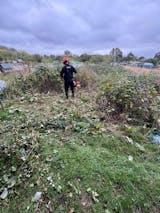
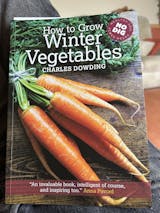


0 comments